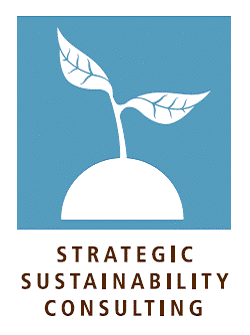Incident management focuses on handling unplanned issues effectively while minimizing damage to your organization. So, whether it is IT, PR, or sustainability, being as prepared as possible for the unplanned is essential to success.
Everbridge offers these 8 Best Practices for IT Incident Management, a process that can be applied generally for managing all sorts of incidents.
1. Manage an incident through the entire lifecycle
This one is pretty straightforward. When an incident occurs be sure to see it all the way to the end. That means when it is resolved for everyone involved. In sustainability, its tempting to address the legal ramifications of an incident, such as determining fault in a wastewater spill, and ignoring other stakeholders. Be sure your organization protects itself, but also that messages are as transparent as possible. If you make a huge error, then try owning up for a collaborative, effective resolution.
2. Standardize for efficiency
Sure, not all incidents will be the same; but by ensuring there is a process in place the response for each incident can more efficient. Processes can include how to document the incident, who is responsible for what, and when the incident begins and ends. Checklists can help ensure there is a concrete standardization of the process.
3. Classify and Prioritize incidents
By determining the urgency of certain categories of incidents, managers are better able to determine how to move forward with coinciding issues. This is an additional form of standardization that allows for a quick decision to be made based on the importance of each incident. This helps to resolve urgent incidences rapidly while placing low priority incidents further back in the queue. Thinking about incidents involving the supply chain – environmentally or human factors - and incidents that seem “superficial,” like an executive being caught out in a personal scandal, as different priorities, but under the same planning structure, will help keep everyone on the same page.
4. Automate spread of messaging
Communication is key to resolving incidents and ensuring customers are still satisfied. Categorization helps to ensure communication is done in conjunction with priority level. Low priority issues will require a little less touch while high priority incidents require immediate action and more direct stakeholder engagement.
5. Effective communication
The importance of real-time communication cannot be overstated. Automation helps to keep all relevant stakeholders updated as to the status of each incident. Ensuring communication is in real-time keeps impacted users updated to changes and satisfy customers’ questions about incident status.
6. Optimize access to allow users to track status
Placing ourselves in the user’s shoes helps us to understand the importance of knowing the incident status. Usually, no news is bad news for a company. When an incident arises, let stakeholders know exactly what phase of response the company is in. Even if the statements seem repetitive, stakeholders will appreciate the attentiveness.
7. Integrate with other processes and systems
Incidents are often not isolated to one process or system. So don’t overlook the role that these variables might have on the incident. Consider ticketing systems, monitoring systems, knowledge base, and situational intelligence. In terms of sustainability, things like a product recall may be seen by the manufacturing division as an engineering issue, but the ripple effects across the supply chain need to be addressed as well. Be sure in the planning phases that all stakeholders are accounted for and all areas of operations.
8. Continue improving
The work doesn’t stop once a system is in place. Continuously review performance and strive for process improvement. Listen to those using the system, too, for opportunities to improve. Create opportunities to hold yourselves accountable by monitoring and reporting out on how successful your incident management process is and how you intend to improve.
At the end of the day, incident management is about the mitigating the impact of each incident.
By creating a standardized process that focuses on communication and continuous improvement you will eventually find a process that works for your company.

